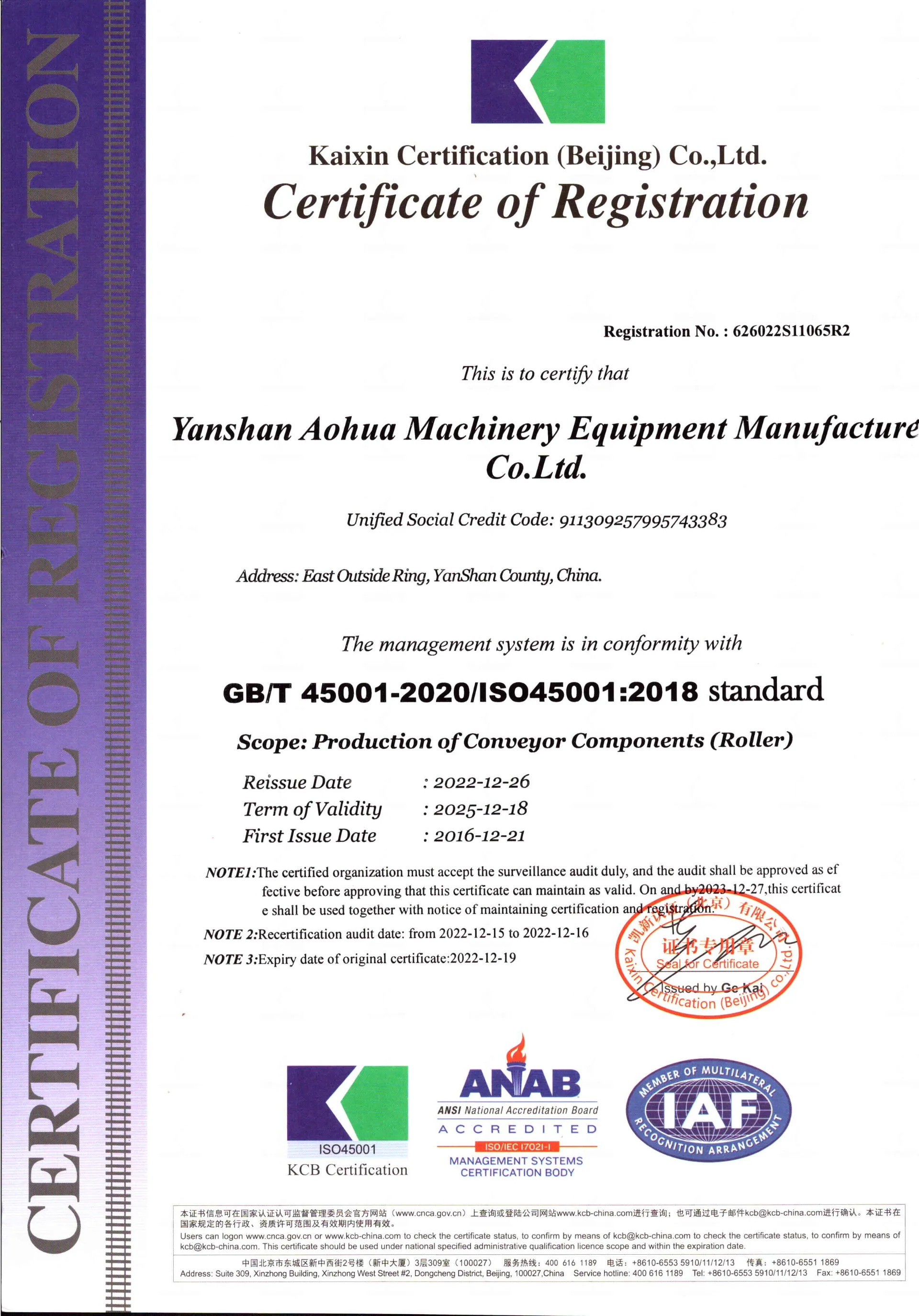 Afrikaans
Afrikaans  Albanian
Albanian  Amharic
Amharic  Arabic
Arabic  Armenian
Armenian  Azerbaijani
Azerbaijani  Basque
Basque  Belarusian
Belarusian  Bengali
Bengali  Bosnian
Bosnian  Bulgarian
Bulgarian  Catalan
Catalan  Cebuano
Cebuano  Corsican
Corsican  Croatian
Croatian  Czech
Czech  Danish
Danish  Dutch
Dutch  English
English  Esperanto
Esperanto  Estonian
Estonian  Finnish
Finnish  French
French  Frisian
Frisian  Galician
Galician  Georgian
Georgian  German
German  Greek
Greek  Gujarati
Gujarati  Haitian Creole
Haitian Creole  hausa
hausa  hawaiian
hawaiian  Hebrew
Hebrew  Hindi
Hindi  Miao
Miao  Hungarian
Hungarian  Icelandic
Icelandic  igbo
igbo  Indonesian
Indonesian  irish
irish  Italian
Italian  Japanese
Japanese  Javanese
Javanese  Kannada
Kannada  kazakh
kazakh  Khmer
Khmer  Rwandese
Rwandese  Korean
Korean  Kurdish
Kurdish  Kyrgyz
Kyrgyz  Lao
Lao  Latin
Latin  Latvian
Latvian  Lithuanian
Lithuanian  Luxembourgish
Luxembourgish  Macedonian
Macedonian  Malgashi
Malgashi  Malay
Malay  Malayalam
Malayalam  Maltese
Maltese  Maori
Maori  Marathi
Marathi  Mongolian
Mongolian  Myanmar
Myanmar  Nepali
Nepali  Norwegian
Norwegian  Norwegian
Norwegian  Occitan
Occitan  Pashto
Pashto  Persian
Persian  Polish
Polish  Portuguese
Portuguese  Punjabi
Punjabi  Romanian
Romanian  Russian
Russian  Samoan
Samoan  Scottish Gaelic
Scottish Gaelic  Serbian
Serbian  Sesotho
Sesotho  Shona
Shona  Sindhi
Sindhi  Sinhala
Sinhala  Slovak
Slovak  Slovenian
Slovenian  Somali
Somali  Spanish
Spanish  Sundanese
Sundanese  Swahili
Swahili  Swedish
Swedish  Tagalog
Tagalog  Tajik
Tajik  Tamil
Tamil  Tatar
Tatar  Telugu
Telugu  Thai
Thai  Turkish
Turkish  Turkmen
Turkmen  Ukrainian
Ukrainian  Urdu
Urdu  Uighur
Uighur  Uzbek
Uzbek  Vietnamese
Vietnamese  Welsh
Welsh  Bantu
Bantu  Yiddish
Yiddish  Yoruba
Yoruba  Zulu
Zulu Head and Tail Pulleys for Efficient Belt Conveyor Systems
Head and Tail Pulleys for Belt Conveyors
Belt conveyors are an integral part of modern industrial systems, utilized across various sectors for the transportation of materials. Among the many components that make up a belt conveyor system, head pulleys and tail pulleys are vital for its functionality and efficiency. Understanding their roles, designs, and maintenance is essential for optimizing conveyor performance.
What Are Head and Tail Pulleys?
The head pulley is located at the discharge end of the conveyor system. It plays a crucial role in driving the conveyor belt and facilitating the movement of materials. Typically, the head pulley is connected to a motor, which provides the necessary force to move the belt forward. As the belt wraps around the head pulley, it lifts the material off the conveyor surface and directs it to its designated discharge point.
Conversely, the tail pulley is situated at the feed end of the conveyor. Unlike the head pulley, its primary function is to provide tension to the conveyor belt. This is essential for maintaining the proper alignment and preventing any sagging that could lead to material spillage or belt misalignment. The tail pulley ensures that the belt remains taut, allowing for smooth running and effective material handling.
The Importance of Proper Design
The design and construction of head and tail pulleys are crucial for the longevity and efficiency of belt conveyors. Head pulleys are often designed with specific features that enhance their functionality. For instance, they may be crowned, meaning they have a slight curvature that helps centralize the belt. This design feature minimizes the risk of belt misalignment, which can lead to wear and tear.
head pulley tail pulley for belt conveyor

Tail pulleys, on the other hand, are usually either flat or crowned but are primarily designed to facilitate belt tension and tracking. Materials used in the construction of pulleys can vary, including steel, aluminum, or composite materials, depending on the application and environmental conditions. Durable materials are essential for withstanding the mechanical stresses that pulleys endure during operation.
Maintenance Considerations
Regular maintenance of head and tail pulleys is crucial for the overall health of a belt conveyor system. A well-maintained pulley system minimizes downtime and costs associated with repairs. This maintenance includes regular inspections to identify signs of wear, misalignment, or mechanical failure. It is recommended to check the pulleys for buildup of debris or materials that can affect their functionality.
Belt tension is another important factor that must be monitored. Incorrect tension can lead to excessive wear on both the belt and the pulleys, increasing the risk of failure. Adjustments should be made as needed to ensure the belt is neither too loose nor too tight.
Conclusion
In summary, head and tail pulleys are critical components of belt conveyor systems, each fulfilling specific roles that contribute to the efficiency and effectiveness of material handling. Proper design ensures that these pulleys can withstand operational stresses, while regular maintenance is essential for preventing potential issues. By paying close attention to these pulleys, industries can enhance the performance of their conveyor systems, leading to improved productivity and reduced operational costs. Understanding the functions and care of head and tail pulleys ultimately plays a vital role in the seamless operation of modern industrial processes. As technology advances, ongoing innovations in pulley design and material will continue to shape the future of belt conveyor systems, offering even greater efficiencies and capabilities.
-
Revolutionizing Conveyor Reliability with Advanced Rubber Lagging PulleysNewsJul.22,2025
-
Powering Precision and Durability with Expert Manufacturers of Conveyor ComponentsNewsJul.22,2025
-
Optimizing Conveyor Systems with Advanced Conveyor AccessoriesNewsJul.22,2025
-
Maximize Conveyor Efficiency with Quality Conveyor Idler PulleysNewsJul.22,2025
-
Future-Proof Your Conveyor System with High-Performance Polyurethane RollerNewsJul.22,2025
-
Driving Efficiency Forward with Quality Idlers and RollersNewsJul.22,2025





























